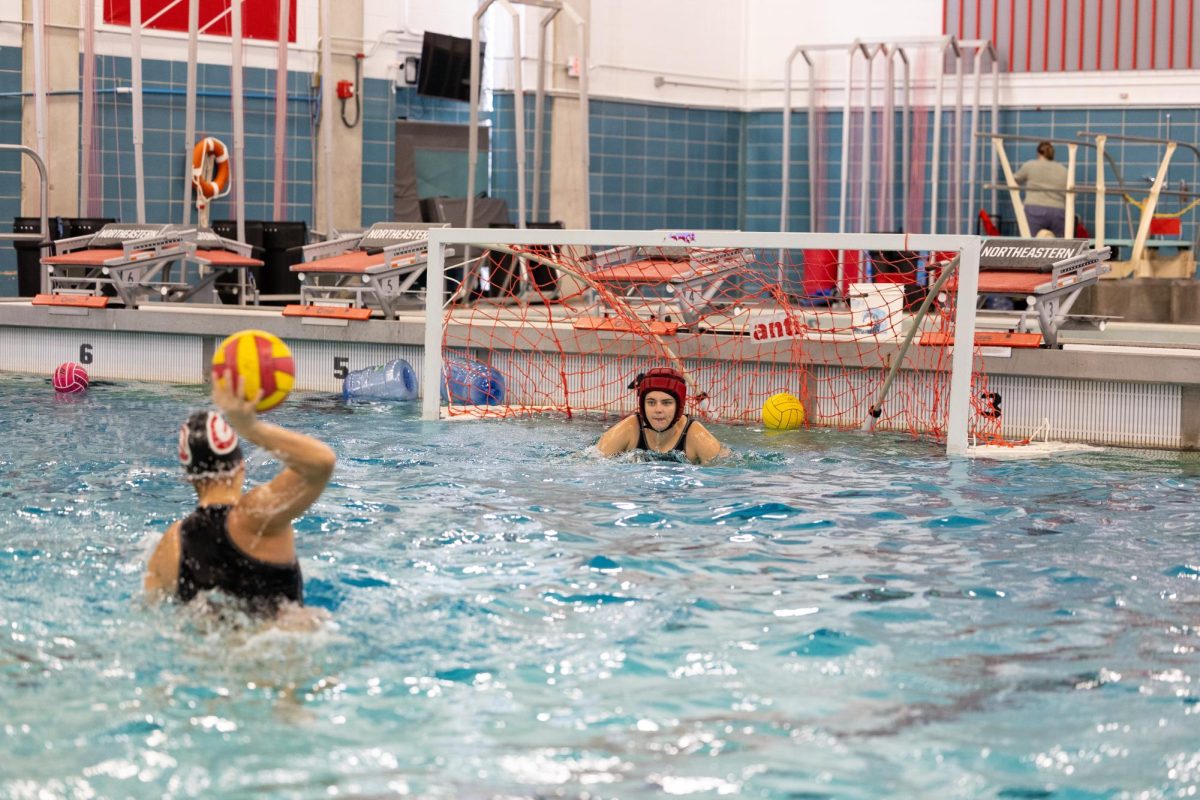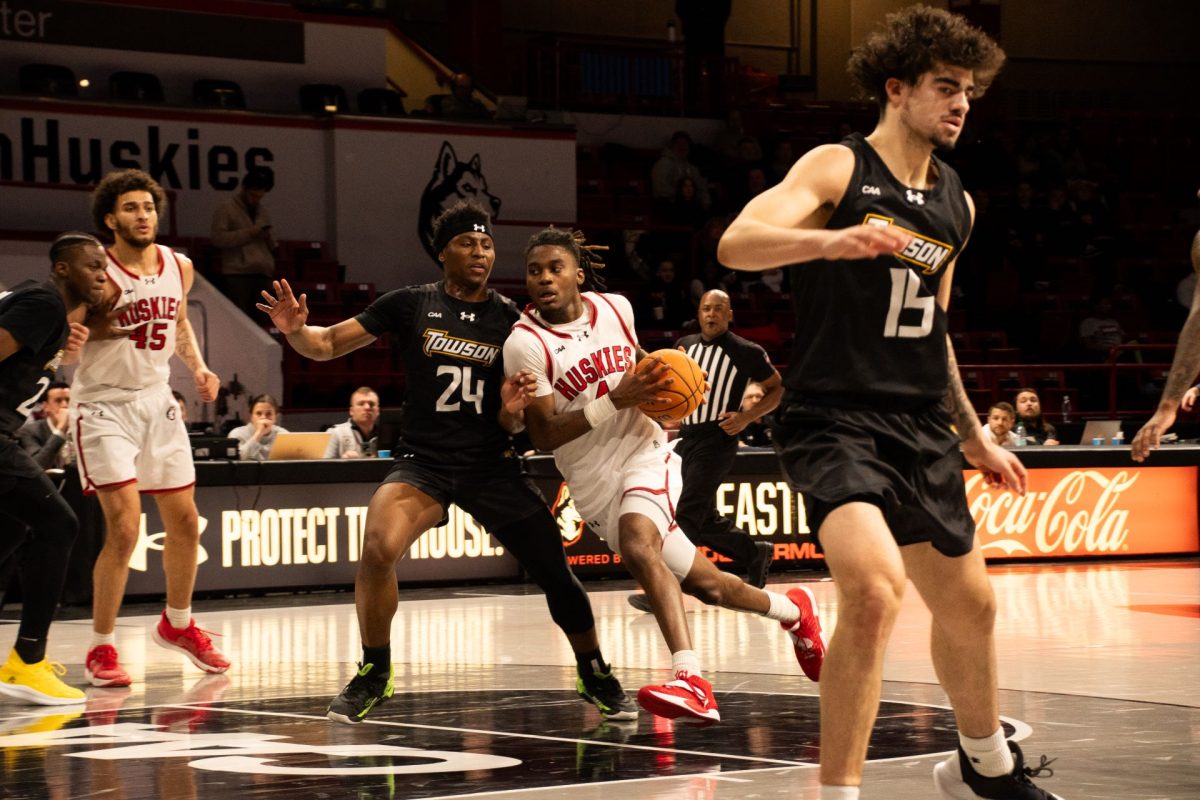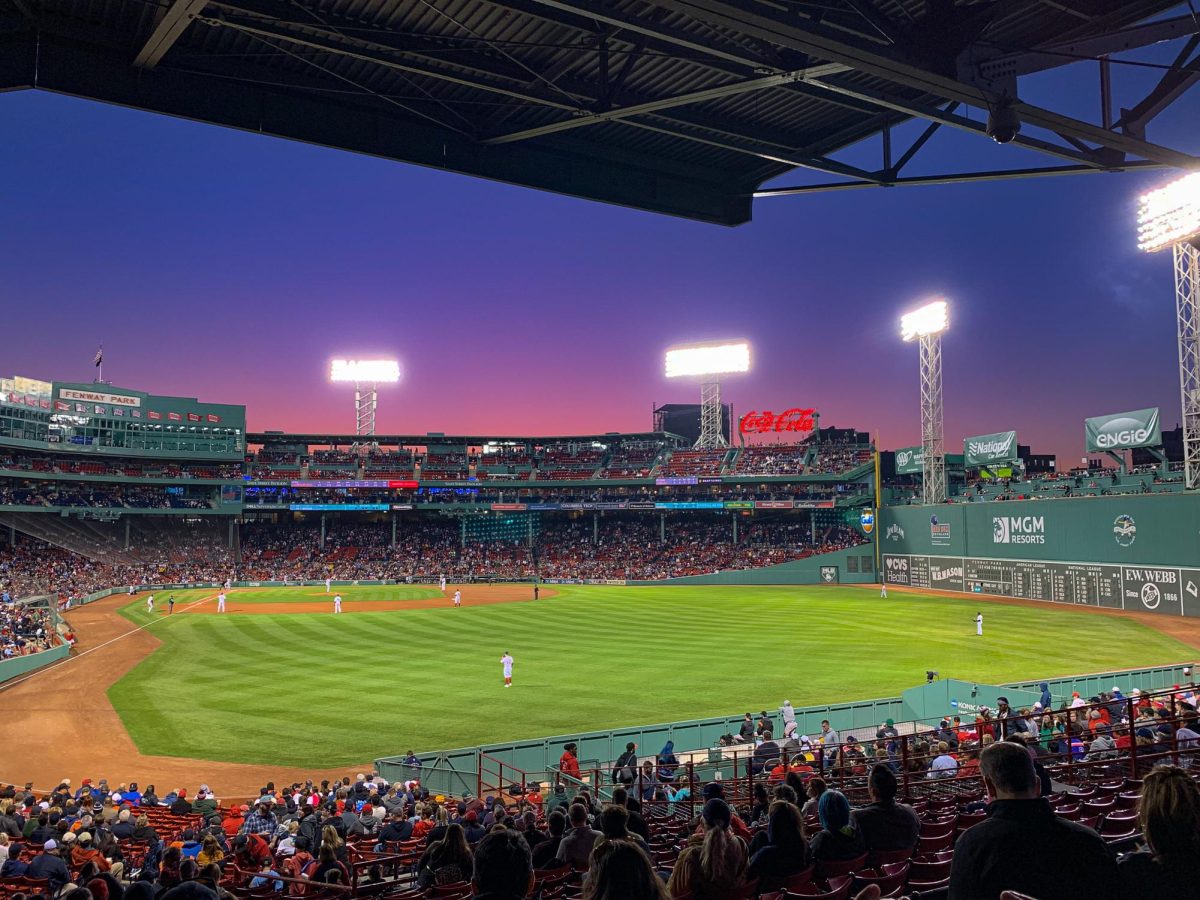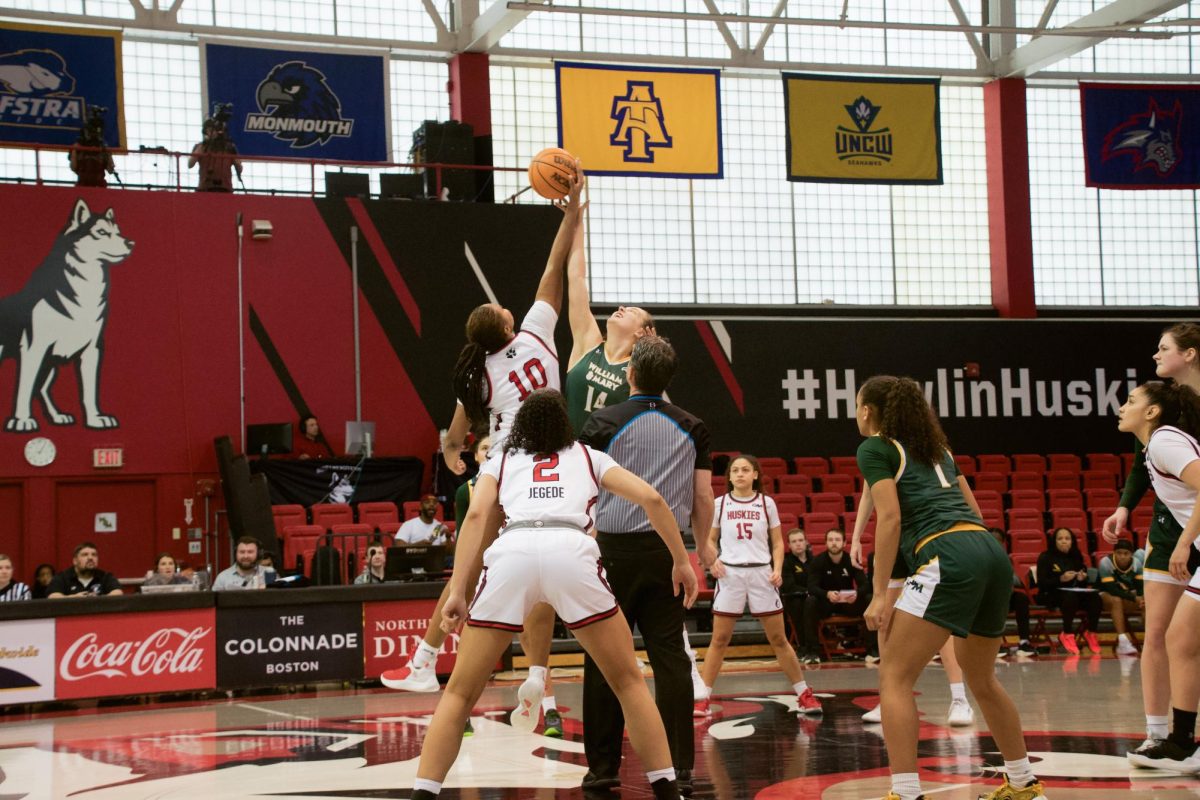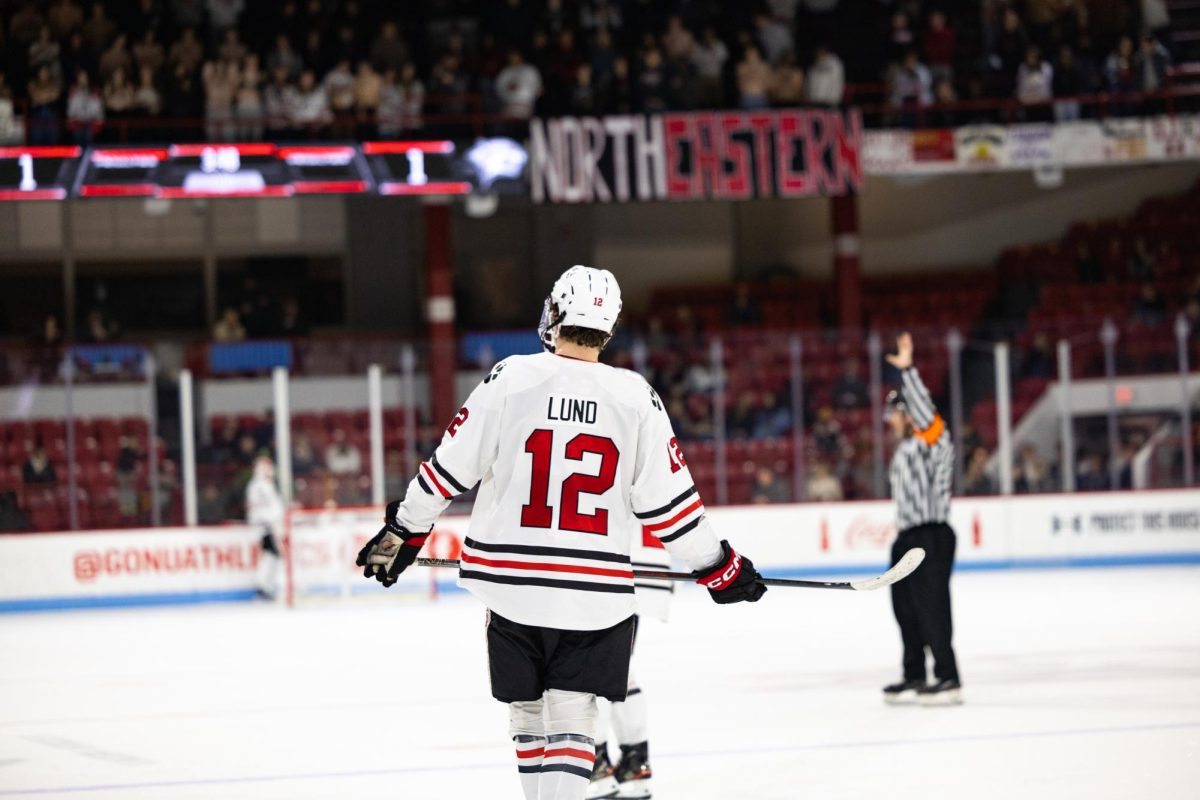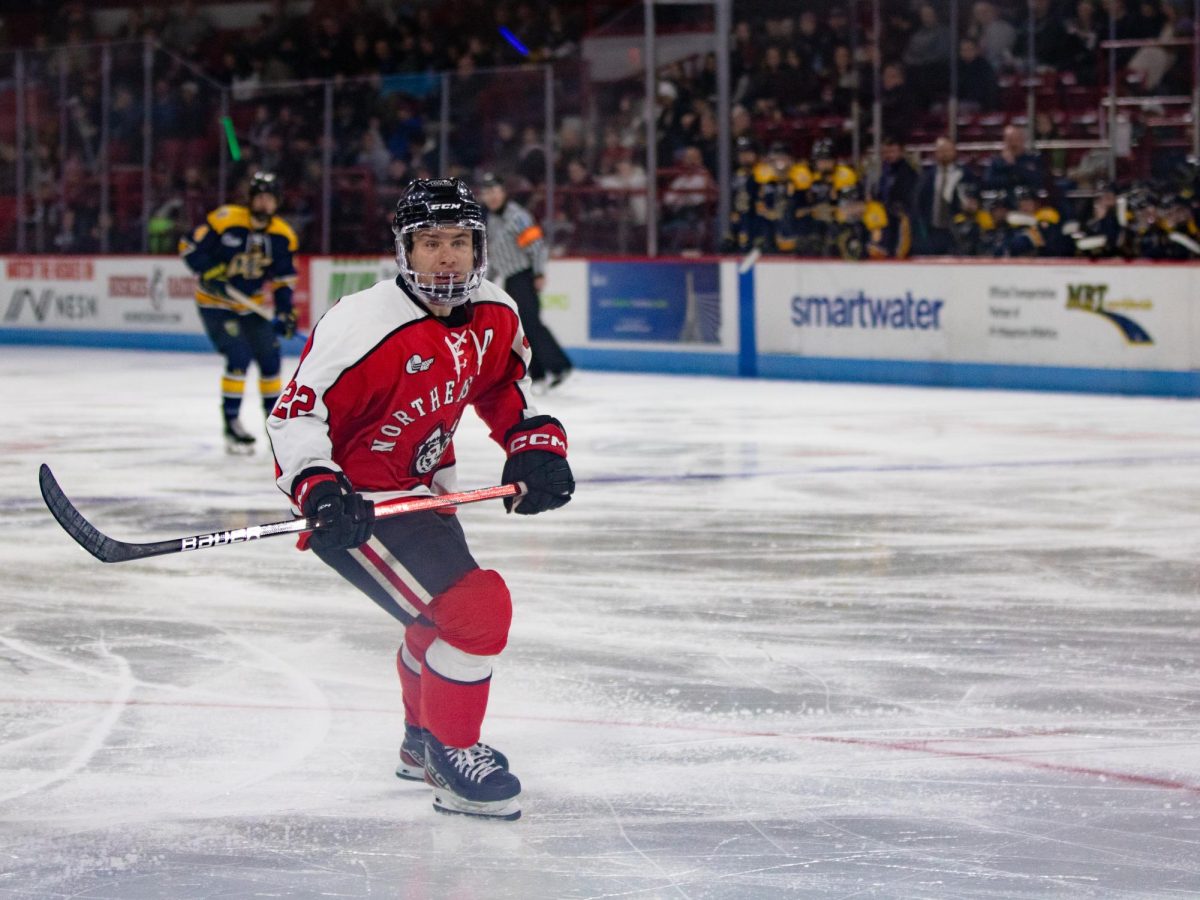By Jose Castillo, news staff
At the conclusion of every postseason in the NBA, Adam Silver, Marv Albert and a group of ESPN executives meet in a remote location off the coast of Montenegro to determine what will happen the next season. Every victory, every loss, every Draymond Green nut shot is written in scripts by a couple ex-Crimson writers in a small, dark room (Don’t believe me? Just google “NBA conspiracy theories.” It’s all true!).
To those planners, I say, “Kudos,” as this season has been amazing. A 73-win team, the league’s first unanimous MVP and a 60-point Kobe departure? Absolutely amazing.
With a historic regular season behind us and the rollercoaster wreckage that were the first three rounds of the postseason now concluded, it is time for this year’s much awaited climax: The NBA Finals.
What’s the narrative for this year’s Finals? In the East, we are once again drawn by King James’ uncanny ability to dominate in a conference starved for talent (I kid, I kid). In the West, it’s a bit more complicated. Obviously, fans (bandwagon or not) and haters (bandwagon or not) will be watching to see whether the Warriors can legitimize their 73-win season by bringing home a second consecutive NBA title. This is important, as it might end the team-comparison argument between the 2015-16 Warriors and the ‘96 Bulls that is now as dangerous to discuss as who you are voting for in this year’s election. However, it is vital to recognize a Warriors’s victory for a second reason: As an affirmation of “small ball” offenses and their future within the league.
Small ball isn’t new to the NBA; Erik Spoelstra’s “Pace and Space” offense garnered the Miami Heat the best record of the 2012-13 season. Spoelstra’s technique was ingenious, an offense that that drew the defense away from the paint by lining up around the three-point perimeter provided space needed for easy drives and quick jumpers. The Phoenix Suns dominated during the 2000s with their “Seven Seconds or Less” offense, which would make shot attempts so quickly that there was no need to keep a man in the post. My hometown Mavericks were able to win a title in 2011 using small ball techniques, part in thanks to 6-foot Northeastern alumnus J.J. Barea.
Small ball really came into prominence during last year’s NBA final, as the Warriors switched out 7-foot Andrew Bogut for 6-foot-6-inch Andre Iguodala. Much is guaranteed with a big man under the rim; but the gamble taken by the Warriors coaching staff not only won them a NBA title, it also gave Iguodala a Finals MVP award.
This season, “small ball” tactics became prominent, yet teams were hesitant to continue relying on the plan during the postseason. Big man Steven Adams become the saving grace of the Thunder during the postseason, especially when Kevin Durant, a key component to OKC’s own version of “small ball,”underperformed. On the other hand, Iguodala started in the series closer against the Thunder, indicating another “small ball” offensive push going into the Finals.
Small ball is exciting. It’s fast-paced, fun to watch and relies on good shooting and team chemistry, despite what bitter old big men might say about it nowadays (looking at you, Charles Barkley). It takes away from clunky plays made under the rim and perfectly compliments the speed at which basketball is played. Therefore, it’s important that the Warriors win, not only to legitimize their historic season, but also to legitimize small ball as the future of the NBA. If not, those pesky writers may fall back on just giving NBA titles to teams with the tallest centers, and small ball, no matter how effective has been, will be deemed as a crazy fad of the early 21st century.




